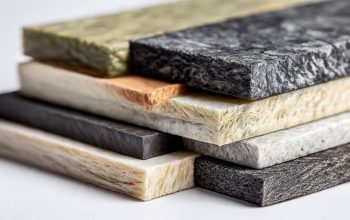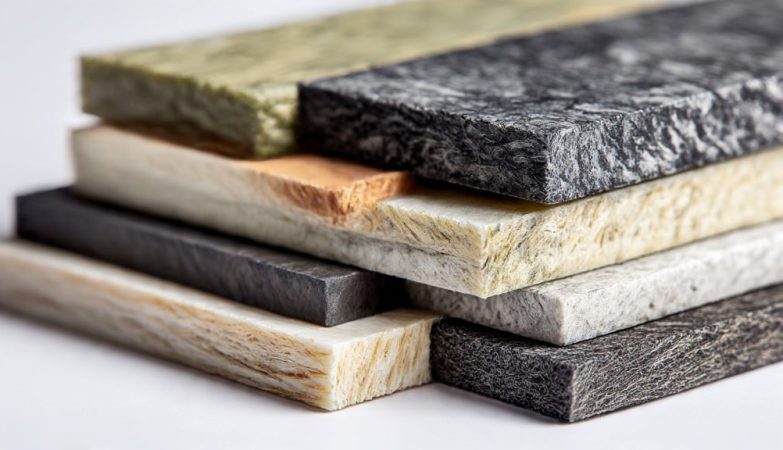As your anabolic hormonal levels decrease, you will experience age-related muscle loss. This is called “sarcopenia”. Sarcopenia increases the risk of osteoporosis and type 2 diabetes. The average “inactive male” will lose 90g lean muscle mass each year after the age of forty. This is more than the women. Around the age of forty, research shows the first loss in strength occurs in your forearms. However, the biggest overall loss in strength occurs in the lower leg muscles. Strong legs are a sign of good health as you age.
It is important to be aware that age-related muscle loss will occur and we should know how we can slow this process down and become stronger as we age. Sarcopenia may lead to a loss of independence, which is a concern for the health services. It is more difficult to do everyday tasks like lifting, moving, carrying, sitting and standing up. For advice from Personal Training Cheltenham, visit https://insidesweat.com
As we age, the anabolic hormones such as growth hormone and testosterone decrease. Fat starts to replace muscle tissue or infiltrate the muscles. Sedentary lifestyles are associated with age-related muscle loss. In your 60s and 70s, muscle strength declines faster than younger people. It is due to the decline in physical activities, which results in less force production, a less active mind-muscle system, and a less active muscle.
According to research, elderly muscles can adapt to strength-based exercises just as well as young muscles. When it comes to being super-fit and training with age after 50, studies say do less. Studies show cyclists over 50 years old with the best results were achieved by performing a high intensity workout once every five days. This resulted in improved leg power, increased cardio capacity and fat loss.


